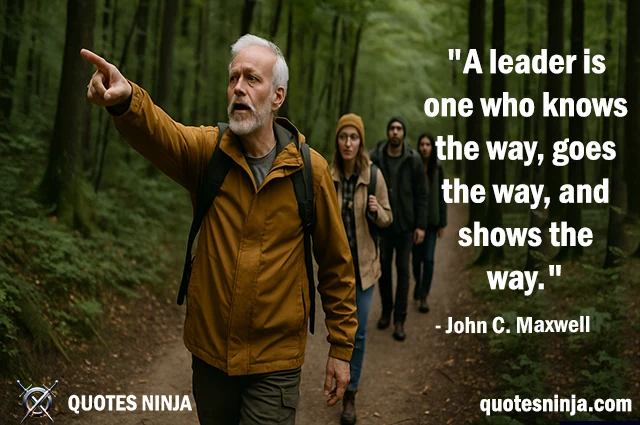
Leadership Quote: “A leader is one who knows the way, goes the way, and shows the way.” is attributed to John C. Maxwell, a renowned author, speaker, and expert on leadership.
Deeper Meaning of Leadership Quote
This quote “A leader is one who knows the way, goes the way, and shows the way.” means that a real leader must do three important things:
- Knows the way – A leader understands what needs to be done. They have a clear vision or goal and know how to reach it.
- Goes the way – A leader doesn’t just talk about the goal — they act. They lead by example and do the hard work themselves.
- Shows the way – A leader helps others follow. They guide, support, and teach others so the whole team or group can succeed together.
In short, a great leader doesn’t just tell people what to do — they do it first, and then help others do it too.
A story inspired by Leadership Quote “A leader is one who knows the way, goes the way, and shows the way.”
Leadership Story: “The Fires of Resolve“
When the first missiles struck the eastern border, the nation trembled. N D Modi, the Prime Minister of India, stood at the center of a storm he had long feared but carefully prepared for. Though many doubted the country’s readiness, Modi knew better. He had seen the signs for months — intelligence whispers, economic shifts, and silent troop movements near the border.
From the beginning, Modi didn’t panic. Instead, he acted. His years of experience in governance and his deep understanding of both domestic and global affairs gave him clarity. He knew the way forward required both strength and restraint. War had come — not because India wanted it, but because it had no choice.
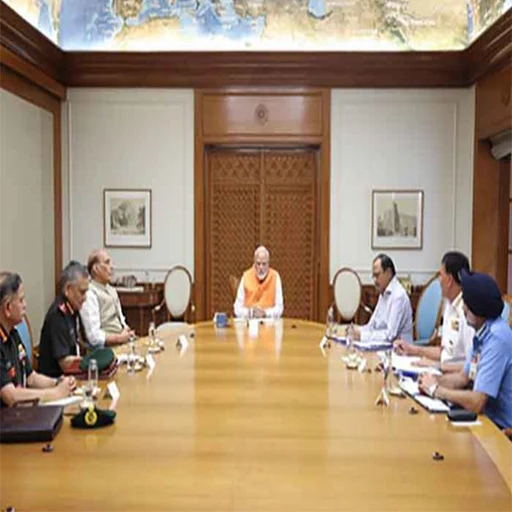
Emergency War Room Meeting:
Firstly, Modi convened his national security council within hours of the attack. Calm yet direct, he laid out a strategy. “We will not be drawn into chaos,” he declared. “Our response will be precise, strong, and focused on peace.” While other ministers reacted with emotion, Modi stayed grounded in logic and empathy. He emphasized protecting civilians, securing resources, and building alliances.
Meanwhile, fear gripped the public. Social media flooded with panic. Shelves emptied. Rumors spread faster than truth. Instead of hiding behind press releases, Modi went the way. He visited hospitals where the wounded were being treated. He spoke directly to families in shelters. Wearing a simple kurta instead of his usual tailored suit, he stood among the people, not above them.
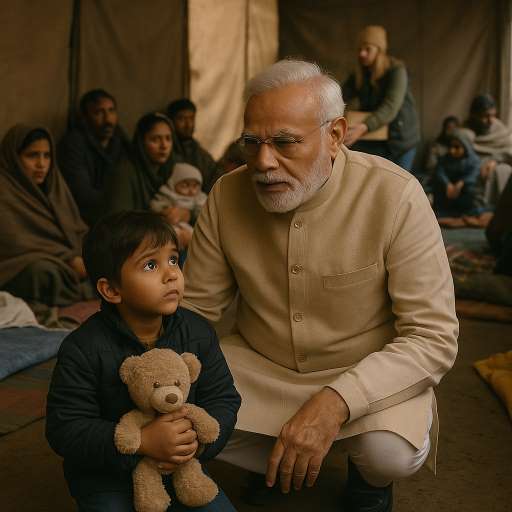
Modi Visiting a War-Torn Shelter:
At one such shelter, a child asked him, “Are we going to lose?” Modi knelt and replied, “Not while we stand together.” Cameras didn’t need to capture the moment — the people did. It became a quiet symbol of his leadership.
Furthermore, Modi made difficult decisions swiftly. He greenlit defense reinforcements but also ensured humanitarian aid reached border villages. He personally reviewed evacuation routes and encouraged local leaders to act with courage. His actions spoke louder than words. His ministers, once unsure, followed his example.
Crucially, Modi also focused on diplomacy. While directing military operations, he opened back channels with neighboring countries. “We will win more with unity than division,” he said. Though criticized by some for not retaliating harder, he understood that wisdom was not weakness. Each move was calculated — every strike measured, every word deliberate.
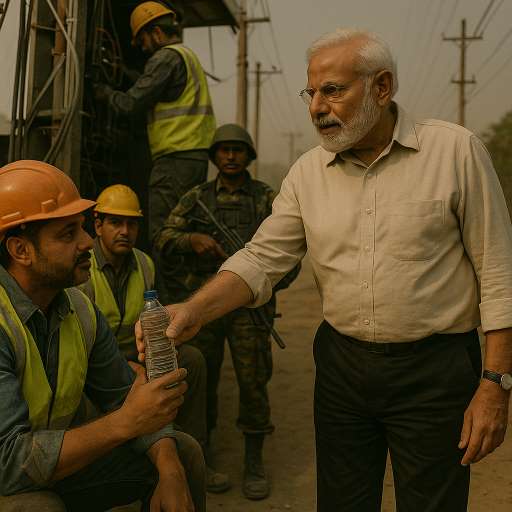
On-Site with Power Grid Workers:
During the second week, enemy forces attempted to cut off India’s power grid. Modi called for an emergency energy ration plan, and instead of staying in his secured quarters, he visited power workers maintaining the grid under threat. Cameras caught him handing water bottles to workers, covered in dust, sleeves rolled up. Again, the people saw — not a distant figure issuing orders, but a leader walking with them.
Gradually, the mood shifted.
Citizens who once doubted now stood behind him. Volunteers poured into relief efforts. Young engineers helped rebuild damaged communication towers. Even political rivals began praising Modi’s clarity and calm.
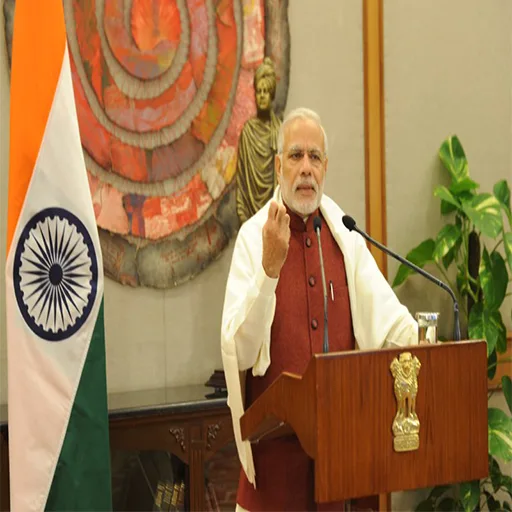
Public Address After Ceasefire:
Finally, after three weeks of relentless defense and careful negotiation, India secured a ceasefire. Losses were real, but the country remained whole — stronger, even. Modi addressed the nation that evening, his voice steady:
“We have walked through fire. Not alone — but together. I knew the way because I listened. I went the way because I believed. And I showed the way because you deserved nothing less.”
In the months that followed, historians wrote pages about tactical decisions, political maneuvers, and military engagements. Yet what people remembered most was how Modi led — not from a podium, but from among them.
He knew the way — because he was prepared.
He went the way — because he led by example.
He showed the way — because he uplifted others and carried them forward.
Here is the ending of leadership story from the quote “A leader is one who knows the way, goes the way, and shows the way.”
Moral of the Story:
It wasn’t just his leadership that safeguarded India — it was the way his leadership awakened the strength in everyone else.
To explore more on stories and dive into related ideas, be sure to check out the other posts where we cover all sort of stories related to quotes. Stay tuned for more…..
To explore more on quote topics, be sure to check out the other topics where we cover all categories of quotes. Stay tuned for more…..

